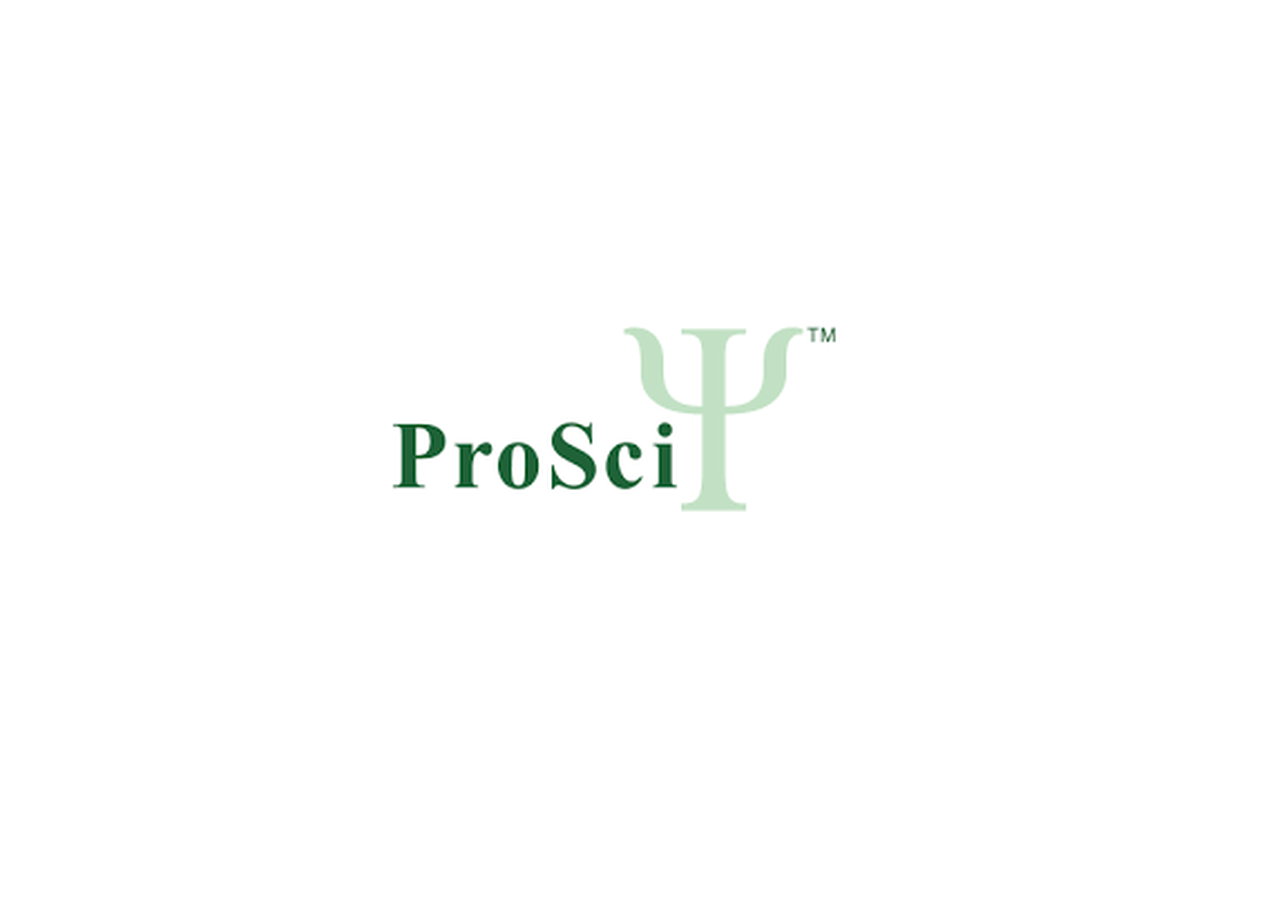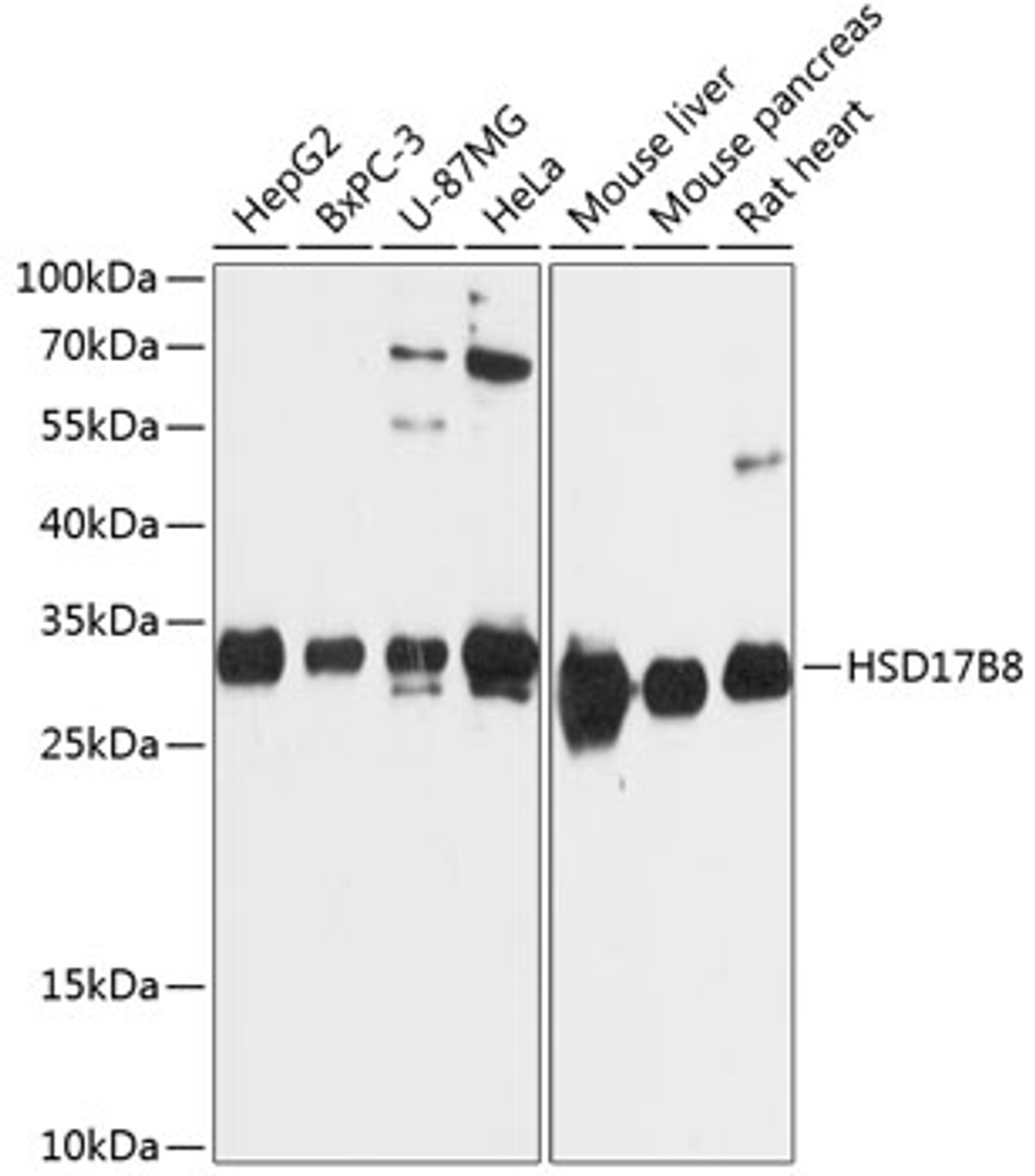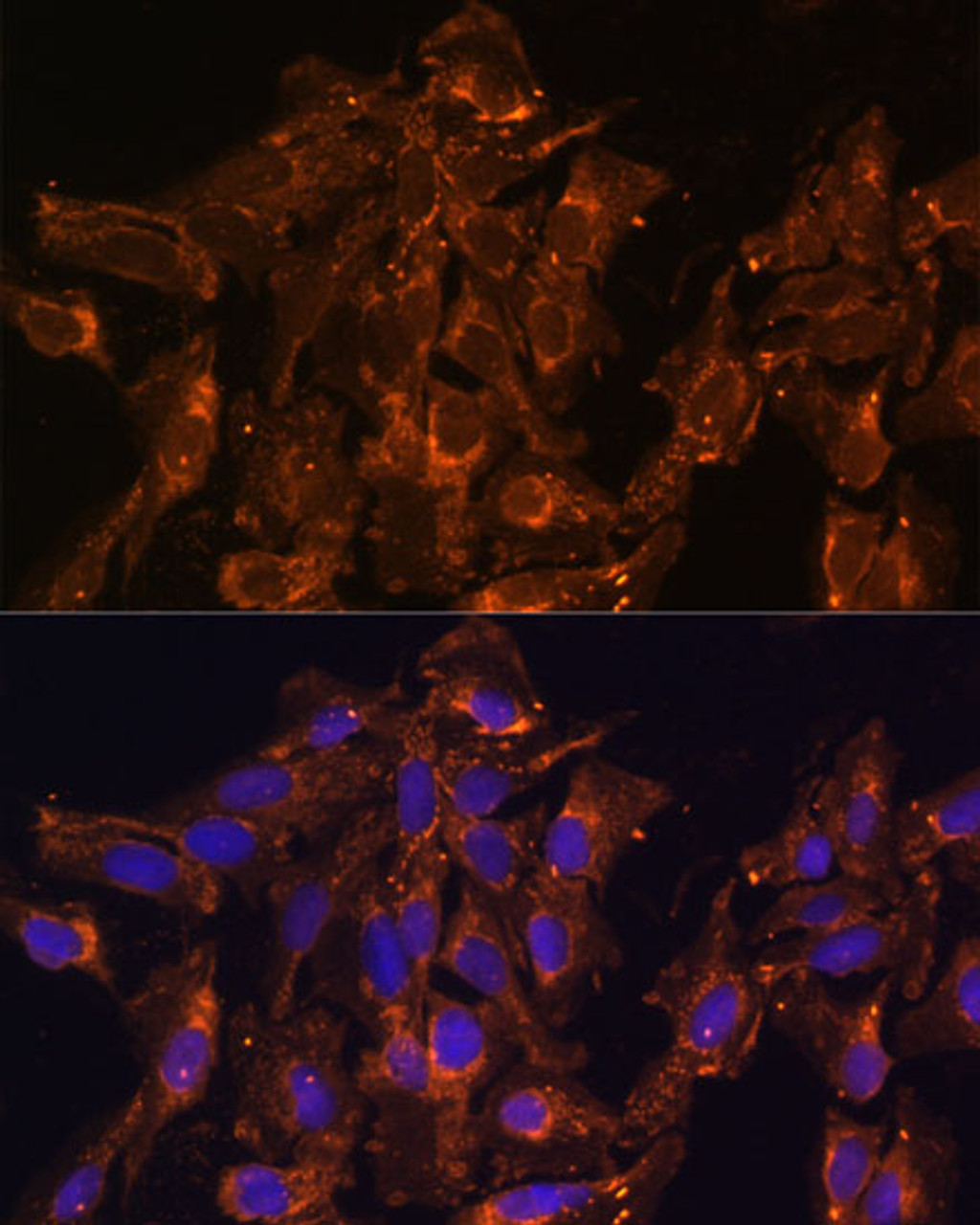Product Description
HSD17B8 Antibody | 14-716 | ProSci
Host: Rabbit
Reactivity: Human, Mouse, Rat
Homology: N/A
Immunogen: Recombinant fusion protein containing a sequence corresponding to amino acids 1-261 of human HSD17B8 (NP_055049.1) .
Research Area: Cell Cycle, Growth Factors, Neuroscience, Signal Transduction
Tested Application: WB, IHC, IF
Application: WB: 1:500 - 1:2000
IHC: 1:50 - 1:100
IF: 1:50 - 1:100
Specificiy: N/A
Positive Control 1: HepG2
Positive Control 2: BxPC-3
Positive Control 3: U-87MG
Positive Control 4: HeLa
Positive Control 5: Mouse liver
Positive Control 6: Mouse pancreas
Molecular Weight: Observed: 27kDa
Validation: N/A
Isoform: N/A
Purification: Affinity purification
Clonality: Polyclonal
Clone: N/A
Isotype: IgG
Conjugate: Unconjugated
Physical State: Liquid
Buffer: PBS with 0.02% sodium azide, 50% glycerol, pH7.3.
Concentration: N/A
Storage Condition: Store at -20˚C. Avoid freeze / thaw cycles.
Alternate Name: D6S2245E, FABG, FABGL, H2-KE6, HKE6, KE6, RING2, SDR30C1, dJ1033B10.9, estradiol 17-beta-dehydrogenase 8, 17-beta-HSD 8, 17-beta-hydroxysteroid dehydrogenase 8, 3-ketoacyl-[acyl-carrier-protein] reductase alpha subunit, 3-oxoacyl-[acyl-carrier-protein] reductase, KAR alpha subunit, estrogen 17-oxidoreductase, ke-6, protein Ke6, really interesting new gene 2 protein, short chain dehydrogenase/reductase family 30C member 1, testosterone 17-beta-dehydrogenase 8
User Note: Optimal dilutions for each application to be determined by the researcher.
BACKGROUND: In mice, the Ke6 protein is a 17-beta-hydroxysteroid dehydrogenase that can regulate the concentration of biologically active estrogens and androgens. It is preferentially an oxidative enzyme and inactivates estradiol, testosterone, and dihydrotestosterone. However, the enzyme has some reductive activity and can synthesize estradiol from estrone. The protein encoded by this gene is similar to Ke6 and is a member of the short-chain dehydrogenase superfamily. An alternatively spliced transcript of this gene has been detected, but the full-length nature of this variant has not been determined.
 Euro
Euro
 USD
USD
 British Pound
British Pound
 NULL
NULL












